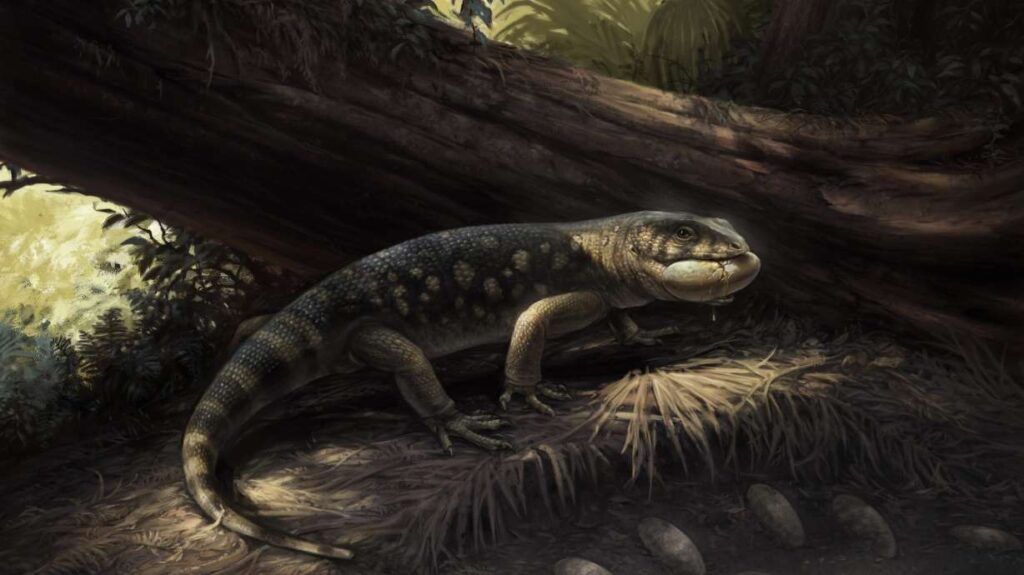Hank Wooley, a postdoctoral researcher at the Utah Museum of Natural History, recently examined a 76-million-year-old fossil found in the Grand Staircase-Escalante National Monument. The fossil, a fragmentary skeleton of a previously unknown lizard species, was crucial for understanding Utah’s ancient ecosystem. Wooley’s team identified it as a precursor to modern Gila monsters, naming it Bolg Amondol, or “Borg,” due to its goblin-like skull.
Their findings, published in the Journal Royal Society Open Science, reveal that Borg was approximately the size of a raccoon and lived in a subtropical floodplain ecosystem. The discovery highlights the biodiversity of the region during the late Cretaceous period and suggests the presence of other unknown species waiting to be uncovered. This research offers valuable insights into lizard evolution and the ecosystems of the time.
Source link


